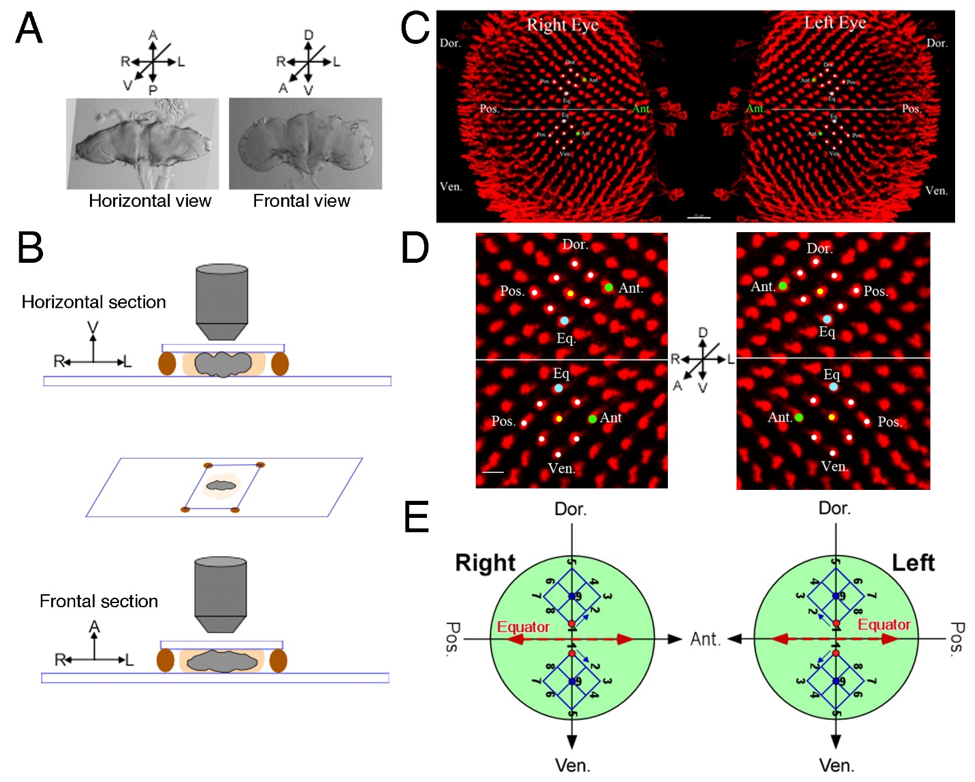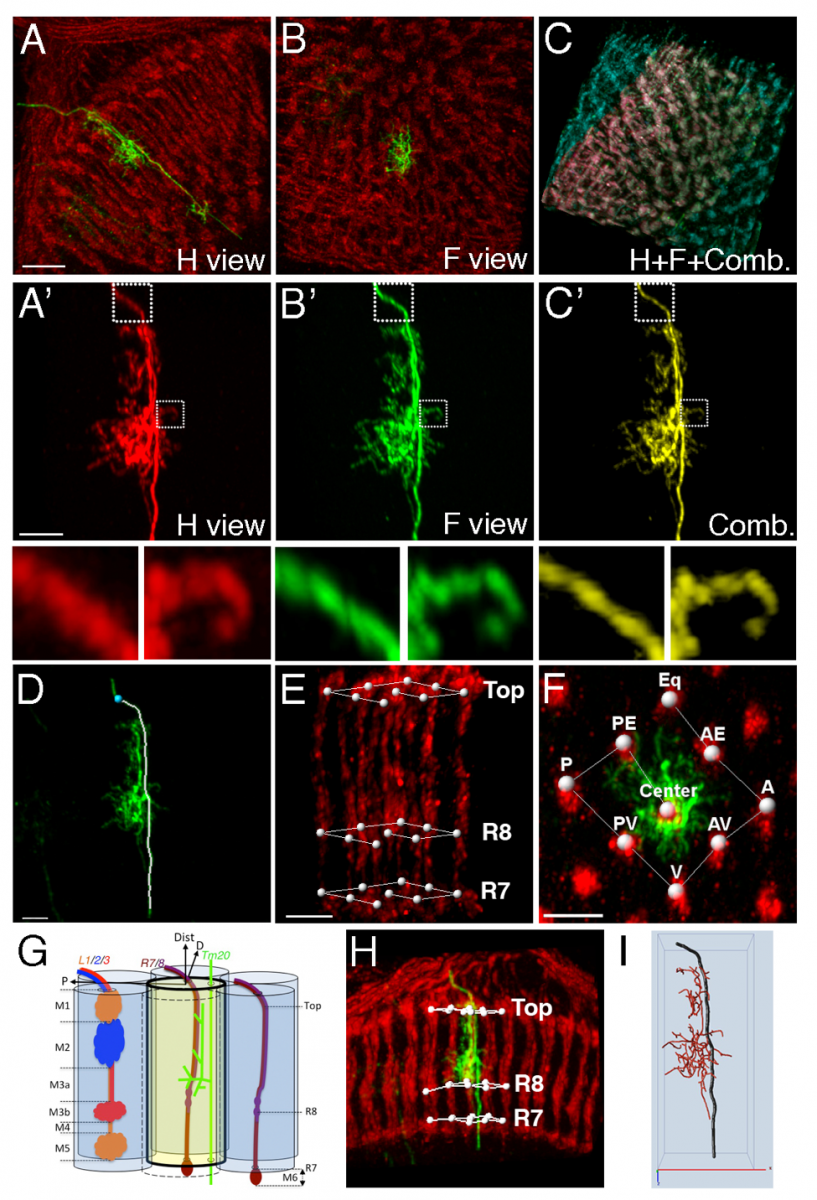DENDRITIC MORPHOLOGY ANALYSIS
PROJECT COLLABORATORS
Section on Neuronal Connectivity, Eunice Kennedy Shriver National Institute of Child Health and Human Development, NIH:
Chi-Hon Lee, Chun-Yuan Ting.
Mathematical and Statistical Computing Laboratory, Center for Information Technology, NIH:
Philip G. McQueen.

